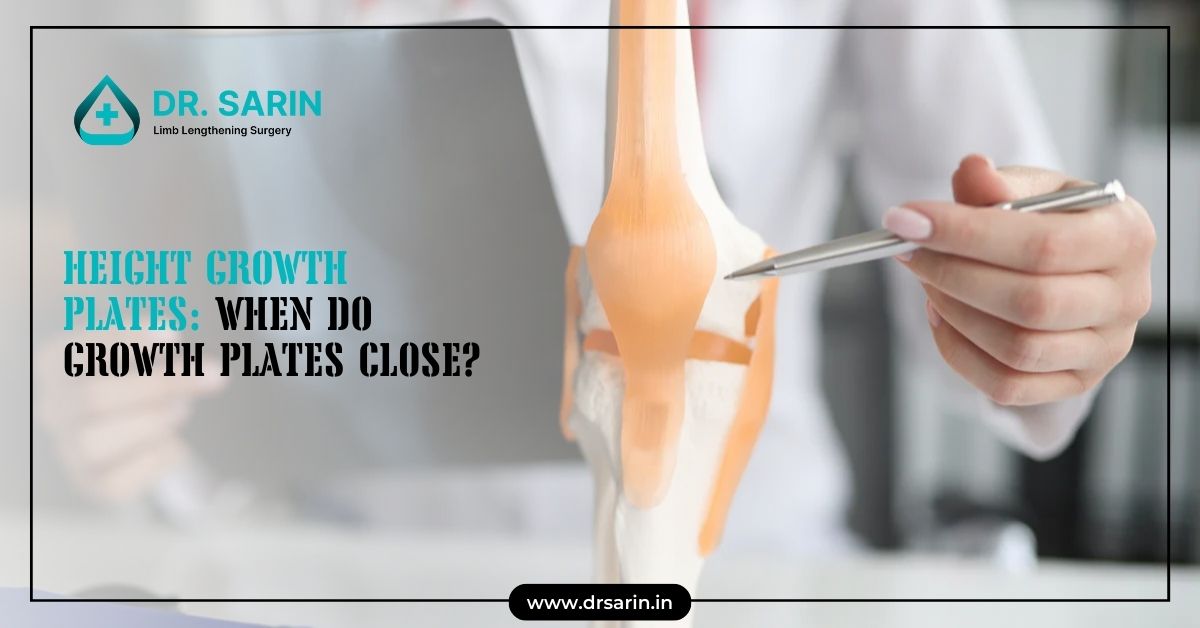Growth or epiphyseal plates are areas of developing cartilage tissue near the ends of long bones. They are crucial during the growth and development phase as they determine the future length and shape of the mature bone. Understanding how growth plates work and when they close can provide insight into height growth and the potential for height increase after they have closed.
Here’s How Growth Plates Work and Their General Importance During the Period of Height Increase:
Growth plates are the last portion of bones to harden (ossify). As a person grows, these plates produce new bone tissue, contributing to the lengthening of bones and, consequently, a person’s overall height. Various factors, including genetics, nutrition, and hormonal levels, regulate the process. Growth plates are found in both boys and girls, but they close at different times depending on sex and individual development rates.
Do Growth Plates Reopen?
Once growth plates close, they do not reopen. The closure of growth plates signifies the end of height growth. This typically occurs after puberty when the levels of growth hormones decrease and the plates undergo ossification, turning into solid bone. For girls, this usually happens between ages 14 to 16, while for boys, it is around 16 to 18 years old, though it can vary based on individual differences.
When Do We Know The Growth Plate Has Closed?
Determining if growth plates have closed involves medical imaging, such as X-rays. A doctor can examine the growth plates in the body’s long bones (such as the femur or tibia) to see if they have ossified. When the growth plates appear as solid bone on an X-ray, they have closed. Physical indicators, such as the cessation of height increase over time, also suggest that growth plates may have closed.
What Can Be Done to Increase Height After the Closure of Growth Plates?
Once growth plates close, traditional methods of increasing height are no longer effective. However, several approaches can help optimize posture and give the appearance of added height:
1. Nutrition and Exercise:
- Maintaining a balanced diet rich in calcium, vitamin D, and protein supports bone health.
- Regular exercise, especially those that promote good posture, can help maximize height and appearance.
2. Posture Improvement:
- Exercising that strengthens the core and back muscles can improve posture, which may help you appear taller.
3. Orthopaedic and Surgical Methods:
- In extreme cases, individuals may consider limb lengthening surgery. This complex and often controversial procedure involves breaking and gradually lengthening bones.
4. Footwear:
- Wearing shoes with thicker soles or heels can also add to one’s height appearance without any medical intervention.
While height is primarily determined by genetics and the closure of growth plates, maintaining a healthy lifestyle and good posture can contribute to the best possible presentation of one’s height.
Understanding growth plates and their function is essential for anyone looking to maximize their height potential or understand their growth patterns. Once the growth plates close, height increase through natural means becomes impossible, and any interventions should be considered with careful thought and professional guidance.
Also Read:



